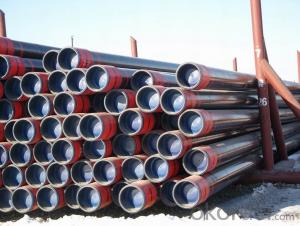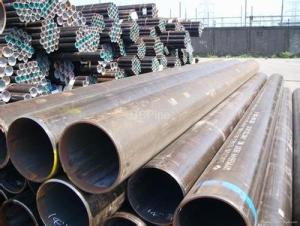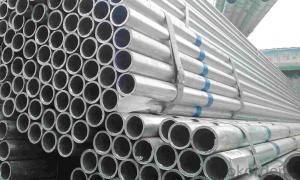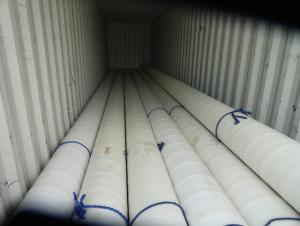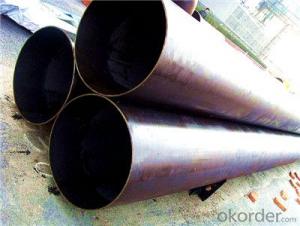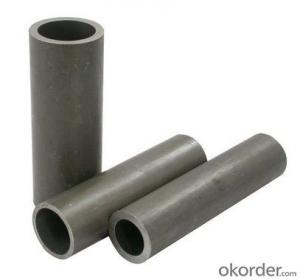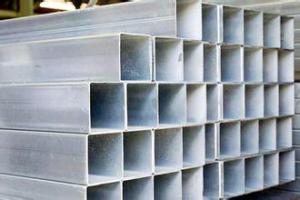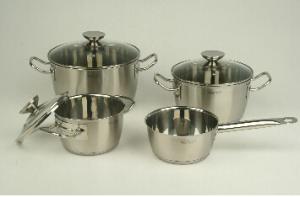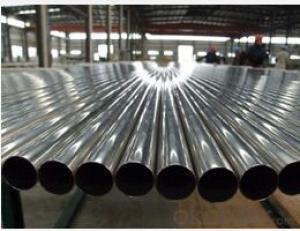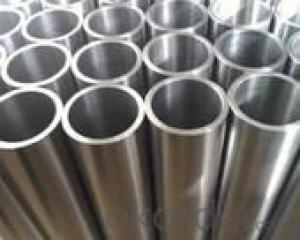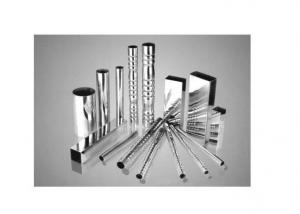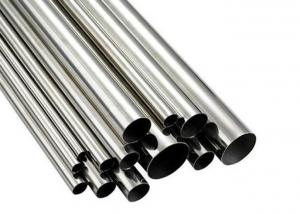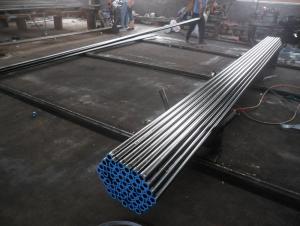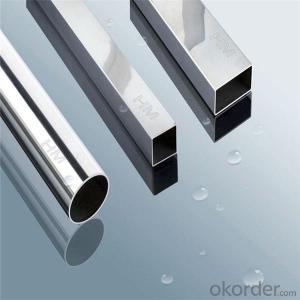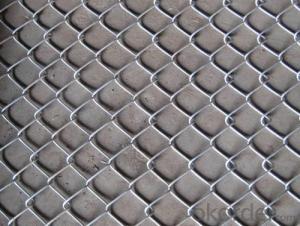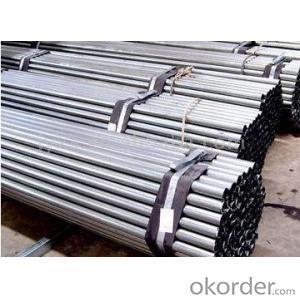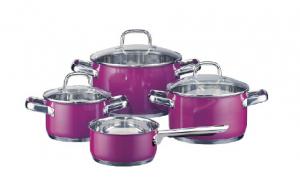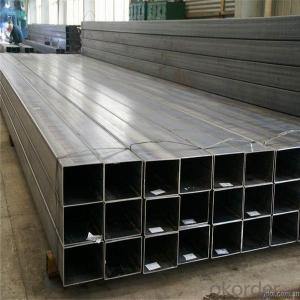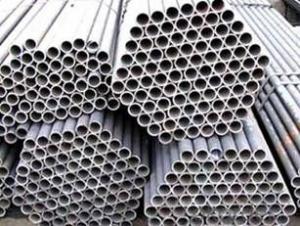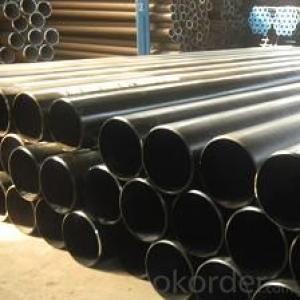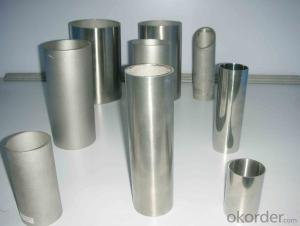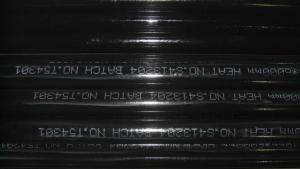4 Stainless Steel Pipe
4 Stainless Steel Pipe Related Searches
4 Inch Stainless Steel Pipe 3 4 Stainless Steel Pipe 3 Stainless Steel Pipe 4 Stainless Steel 2 Stainless Steel Pipe 6 Stainless Steel Pipe 3/4 In Stainless Steel Pipe Stainless Steel Pipes 1 Stainless Steel Pipe 1 4 Stainless Steel Tubing Stainless Steel Piping 3 4 Stainless Steel Tubing 1 2 Stainless Steel Pipe Pipe Stainless Stainless Steel Screen Pipe 304 Stainless Steel Pipe Stainless Steel Threaded Pipe 1 4 Stainless Steel Plate Stainless Steel Chimney Pipe 1 1 2 Stainless Steel Pipe 2 Inch Stainless Steel Pipe 1 Inch Stainless Steel Pipe 3in Stainless Steel Pipe Stainless Steel Flue Pipe 3 Inch Stainless Steel Pipe 3/4 Stainless Steel Tubing Stainless Steel Smoker Pipe Stainless Steel Pipe Flange Stainless Steel Flex Pipe 1/4 Stainless Steel Tubing4 Stainless Steel Pipe Supplier & Manufacturer from China
4 Stainless Steel Pipe, a versatile and durable product, encompasses a range of pipes made from stainless steel, which are known for their corrosion resistance and strength. These pipes are widely used in various industries due to their ability to withstand harsh environments and maintain their integrity over time. They are commonly employed in construction, automotive, aerospace, and food processing sectors, where their resistance to corrosion, high temperature, and pressure is highly valued. Okorder.com, recognized as a leading wholesale supplier, offers a comprehensive inventory of 4 Stainless Steel Pipe, ensuring that customers have access to a broad selection of sizes, grades, and specifications to cater to their specific needs and requirements.Hot Products
